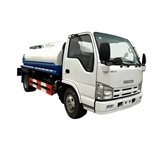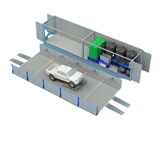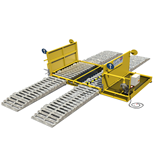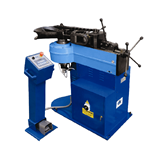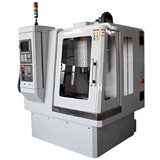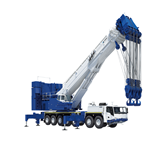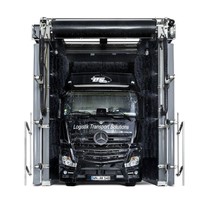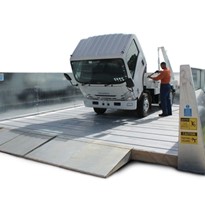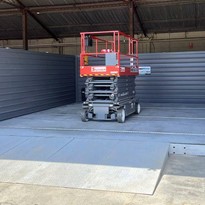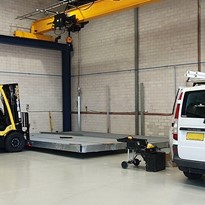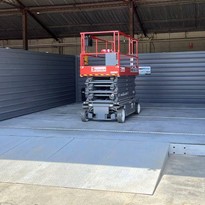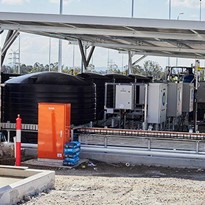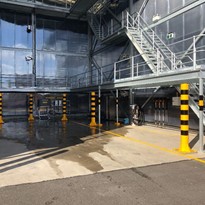At CleanaWater, we understand the critical role that wash bay regulations play in safeguarding the environment from contaminated water. Whether you're dealing with oil, chemicals, or bacteria, it's essential to ensure that your wash bay operations meet the requirements set by local authorities. In this article, we'll delve into the reasons why considering a roof for your wash bay is a smart choice, backed by solid information and council guidelines.
Meeting Environmental Standards
The heart of wash bay regulations lies in environmental protection. The quality of water used in your operations and the wastewater produced can have far-reaching impacts on local ecosystems. Whether you're operating in New South Wales, Victoria, or any other region in Australia, adhering to water quality requirements is a non-negotiable responsibility.
The Role of a Roof
Imagine a solution that not only enhances your operations but also helps you comply with regulations. That's where a roofed wash bay comes into play. A roof serves as a barrier between your cleaning activities and unpredictable weather conditions, ensuring that rainwater and contaminants do not mix. As per the South Australia EPA, a roof will prevent rainwater from entering the cleaning area and becoming contaminated, therefore negating the need to contain, treat and dispose of it as wastewater.
All-Weather Cleaning
Cleaning shouldn't be limited by weather conditions. With a roofed wash bay, you gain the flexibility to wash vehicles and equipment in any weather—rain or shine. No more waiting for the perfect weather window to conduct your operations. This level of adaptability not only boosts efficiency but also enables consistent maintenance practices that keep your assets in optimal condition.
Compliance and Risk Management
The agreement between wash bay operators and local authorities centres on effective risk management. Records of wastewater quality, trade waste agreements, and adherence to regulations are crucial components of this partnership. Failure to comply could lead to fines or even the suspension of operations. A roofed wash bay is a step toward maintaining compliance, as it eliminates the need for stormwater diversion systems that unroofed wash bays necessitate.
Customised Solutions
CleanaWater's modular wash bays offer the flexibility you need for a tailored solution. Choose the appropriate size and roof configuration that suit your requirements. If a roof isn't feasible due to site constraints, a first flush diversion system can provide a workaround. This system ensures that stormwater and trade waste remain separate, aligning with the standards set by water authorities.
Cost Savings and Sustainability
Beyond compliance, a roofed wash bay offers cost-saving potential. By preventing the need for stormwater diversion systems and mitigating the mixing of uncontaminated rainwater with wastewater, you streamline your operations and cut down on unnecessary expenses.
Under the City of Swan Council in Western Australia, washdown bays over 20m2 in area are required to be roofed to contain wash water and prevent the ingress of stormwater. For areas under 20m2, a roof structure is not mandatory but recommended. This not only aligns with regulatory standards but also minimises running costs by eliminating the need to process uncontaminated rainwater, and many councils have similar requirements.
A roofed wash bay is more than just a shelter—it's a strategic choice that aligns with environmental responsibilities, compliance, and operational efficiency. By understanding the local guidelines, considering the weather conditions in your region, and factoring in the unique needs of your operations, you can make an informed decision that benefits both your business and the environment.
For more information on how CleanaWater can help you design and implement an efficient and compliant wash bay, reach out to our experts today. Your commitment to responsible operations matters, and we're here to support your journey.








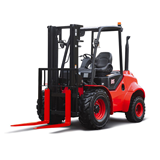

-160x160-state_article-rel-cat.png)



-160x160-state_article-rel-cat.png)
